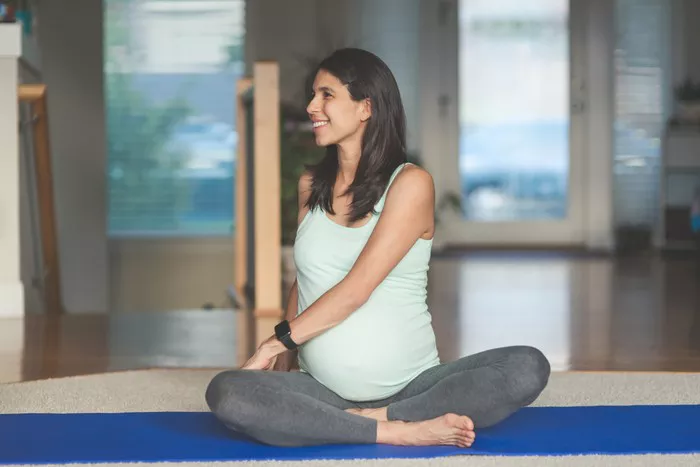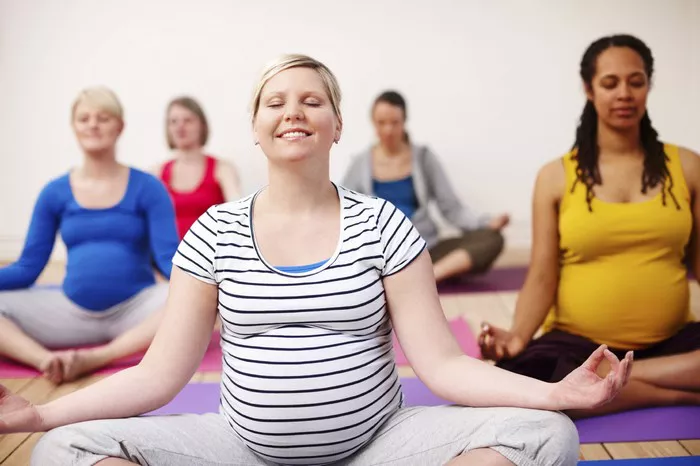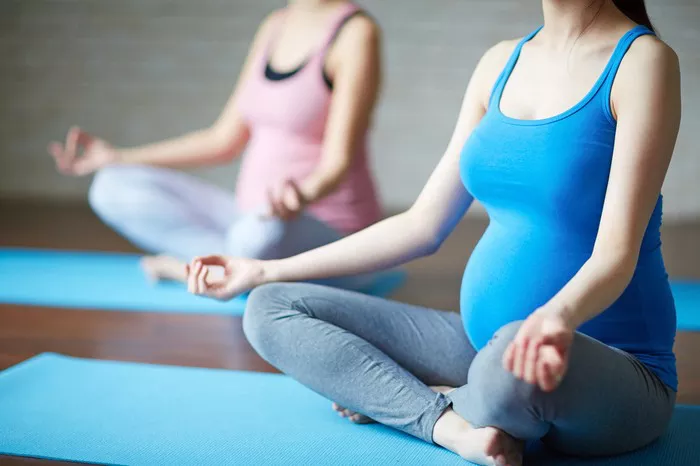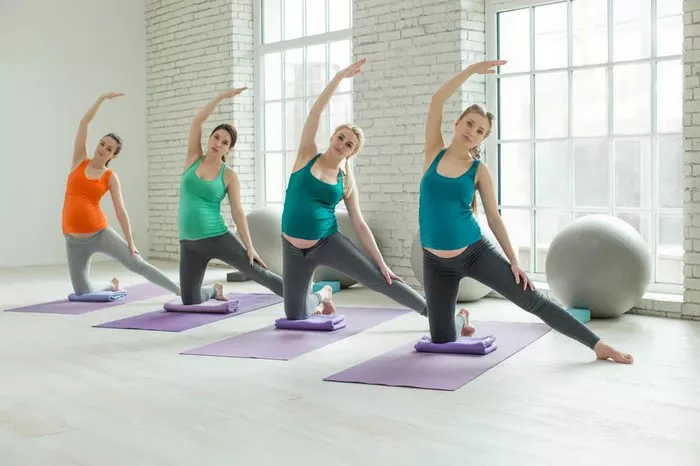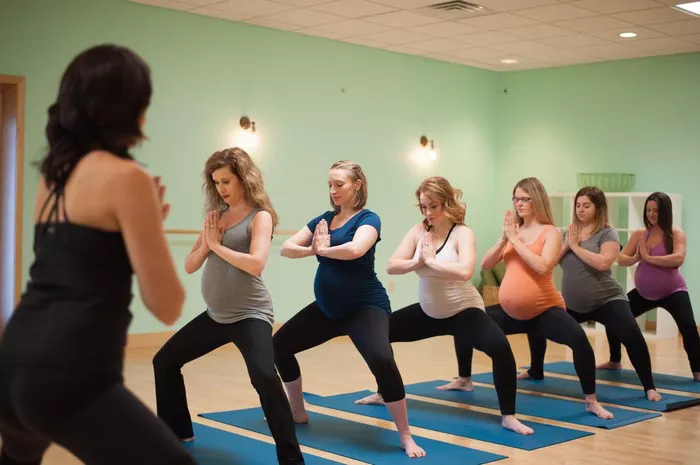Shoulder injuries are more common than many people realize, especially among those who lead active lifestyles or work jobs that involve repetitive upper body movements. These injuries can range from minor strains to more severe issues like rotator cuff tears or shoulder impingement. For individuals who practice or are interested in yoga, a bad shoulder raises questions about whether it is safe to continue or begin a yoga practice. Yoga, known for its gentle yet effective movements, can be adapted to accommodate physical limitations. However, a clear understanding of the specific shoulder injury and how it interacts with yoga postures is crucial.
Importance of Consulting a Healthcare Professional First
Before engaging in yoga or any physical activity with a shoulder injury, consulting a healthcare provider such as a physiotherapist or orthopedic specialist is essential. They can provide a precise diagnosis and determine the severity of the condition. This step is vital because some injuries require rest or targeted rehabilitation, and performing yoga without this knowledge may worsen the injury. A certified yoga therapist or an instructor experienced in therapeutic yoga can work in conjunction with your medical team to design a safe and effective practice.
Common Shoulder Conditions and Their Implications
1. Rotator Cuff Injuries
These injuries often involve tears or inflammation in the muscles and tendons stabilizing the shoulder. Movements requiring overhead arm use or bearing weight on the arms can be particularly painful.
2. Shoulder Impingement
This condition occurs when the shoulder blade puts pressure on the underlying soft tissues when the arm is lifted. Certain yoga poses may need to be avoided or modified.
3. Frozen Shoulder (Adhesive Capsulitis)
A condition characterized by stiffness and pain in the shoulder joint. Yoga may assist in regaining mobility, but care must be taken to avoid overstretching.
4. Tendonitis or Bursitis
Inflammation of the tendons or bursae in the shoulder can cause pain with movement. A gentle, restorative approach to yoga may be beneficial during recovery.
Benefits of Yoga for Shoulder Rehabilitation
Yoga can be a valuable component of a shoulder rehabilitation program. When practiced mindfully, it helps in:
- Increasing flexibility and range of motion
- Strengthening surrounding muscles to support the joint
- Enhancing body awareness to avoid further injury
- Reducing inflammation through breathing and relaxation techniques
- Promoting mental well-being and pain management
However, these benefits are maximized only when yoga is practiced under appropriate guidance and with an emphasis on correct alignment and modified poses.
Yoga Practices to Approach with Caution
Some yoga poses place significant stress on the shoulders and should be approached with caution or avoided altogether, depending on the injury. These include:
- Downward-Facing Dog (Adho Mukha Svanasana)
- Plank Pose (Phalakasana)
- Chaturanga Dandasana (Four-Limbed Staff Pose)
- Upward-Facing Dog (Urdhva Mukha Svanasana)
- Shoulder Stand (Salamba Sarvangasana)
These postures can exacerbate shoulder injuries if performed incorrectly or without proper modifications.
Safe Yoga Poses for a Bad Shoulder
While some poses should be avoided, others can be safely practiced and even beneficial for healing. Consider the following gentle, shoulder-friendly options:
- Mountain Pose (Tadasana): Promotes posture awareness without shoulder strain.
- Child’s Pose (Balasana): A gentle stretch that can be modified with support under the arms.
- Cat-Cow Pose (Marjaryasana-Bitilasana): Encourages spinal mobility with minimal shoulder involvement.
- Seated Forward Fold (Paschimottanasana): Can be done with arms resting comfortably.
- Reclining Bound Angle Pose (Supta Baddha Konasana): A restorative posture that relaxes the upper body.
Modifications and Props
Using yoga props and modifications can make many poses accessible and safe for individuals with shoulder issues:
- Blocks can reduce the range of motion required.
- Straps help extend reach without stressing the shoulder.
- Bolsters and blankets provide support and cushioning.
- Wall support can assist in balance and alignment.
For instance, instead of a full Downward-Facing Dog, try placing your hands on a wall at hip height and stepping back to create a similar spinal extension without bearing weight on the shoulders.
Breathing Techniques and Mindfulness
Breath control (pranayama) and mindfulness play a crucial role in pain management and rehabilitation. Deep, diaphragmatic breathing helps activate the parasympathetic nervous system, promoting relaxation and reducing muscle tension. Mindfulness encourages awareness of bodily sensations, making it easier to identify and respond to discomfort early.
Incorporate these practices into your routine:
- Dirga Pranayama (Three-Part Breath): Encourages full-body relaxation.
- Nadi Shodhana (Alternate Nostril Breathing): Calms the mind and balances energy.
- Body Scan Meditation: Builds awareness of tension and promotes release.
Creating a Personalized Yoga Routine
A personalized routine tailored to your specific needs is essential for safe practice. Here’s a simple framework to get started:
Warm-Up (5–10 minutes)
- Neck rolls
- Shoulder shrugs (within a pain-free range)
- Gentle spinal twists
Main Sequence (15–20 minutes)
- Modified Cat-Cow
- Supported Warrior I (Virabhadrasana I) with hands on hips
- Chair Pose (Utkatasana) with arms at the sides
- Seated Side Bends
Cool-Down (10 minutes)
- Supine twists
- Legs-up-the-wall (Viparita Karani)
- Savasana with arms supported
Always move slowly and attentively, stopping if any pain occurs.
What to Avoid with a Shoulder Injury in Yoga
To protect the shoulder from further damage, keep the following in mind:
- Avoid full weight-bearing on the arms. Poses like Crow Pose and Handstand should be avoided.
- Do not push through pain. Pain is a signal to stop or modify the movement.
- Limit range of motion. Especially during recovery, restrict extreme reaches or rotations.
- Skip fast-paced classes. Opt for slow, restorative, or therapeutic sessions.
When to Resume Regular Yoga Practice
Resuming a full yoga practice depends on the nature and extent of the shoulder injury. You may be ready when:
- A healthcare provider confirms sufficient healing
- You can move the shoulder without pain or weakness
- Your range of motion has improved
- You have gradually reintroduced more complex poses without discomfort
Even after recovery, it’s advisable to maintain mindfulness and proper form, as the shoulder remains a vulnerable joint.
Working with a Knowledgeable Instructor
An experienced yoga instructor or therapist can be instrumental in ensuring safety and progress. They can:
- Provide hands-on adjustments or verbal cues
- Offer suitable alternatives for challenging poses
- Monitor your alignment
- Encourage a balanced and mindful practice
Look for instructors with a background in anatomy, injury recovery, or therapeutic yoga for the best results.
Final Thoughts
Yes, you can do yoga with a bad shoulder, but it requires knowledge, patience, and careful modification. When practiced mindfully, yoga can support healing and improve overall well-being. Always consult healthcare professionals, choose appropriate poses, and listen to your body. With the right approach, yoga becomes a powerful ally in recovery and long-term shoulder health.
Related Topics:








